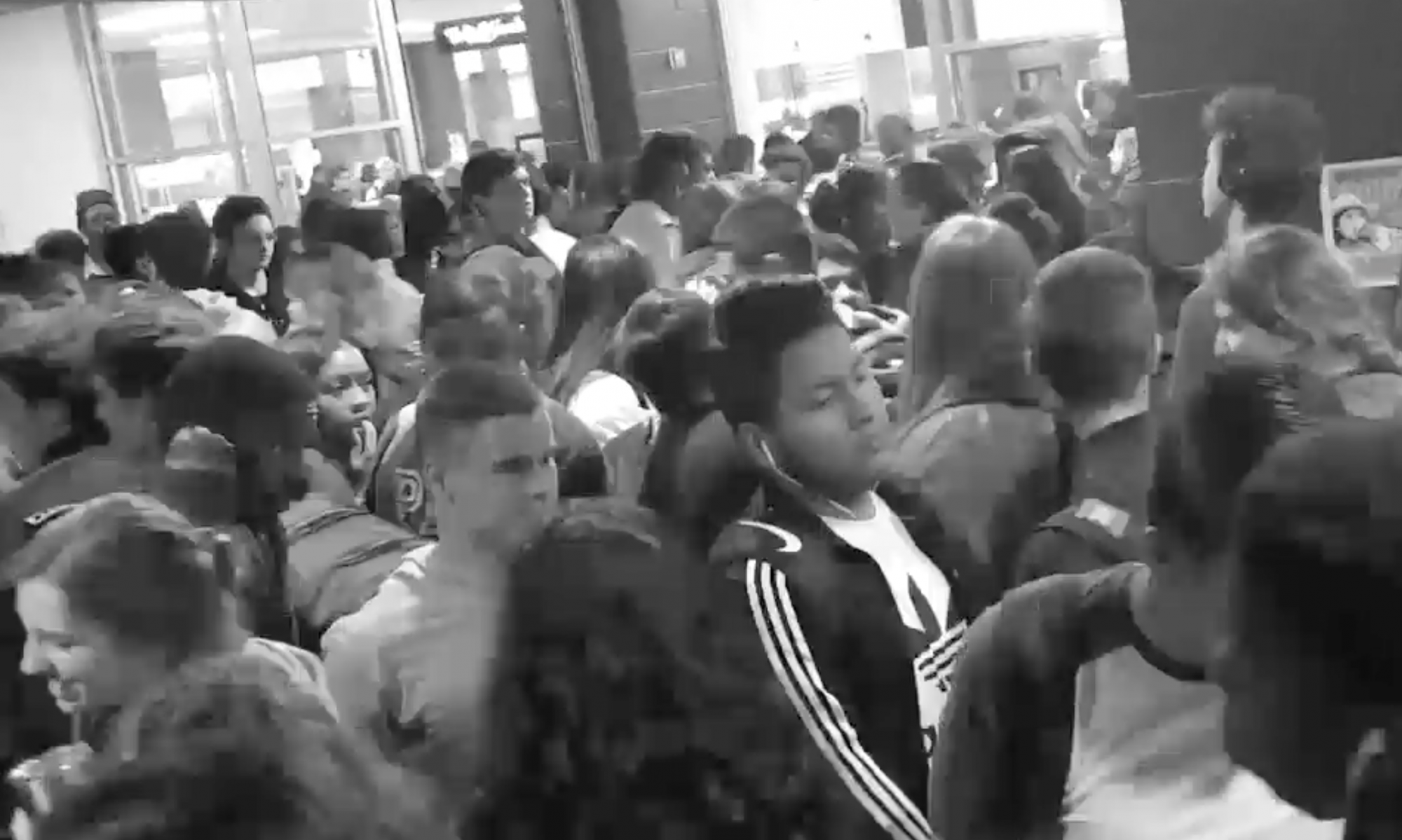Based on Barbara Reisner’s speech to City Council on 11/28, in response to the estimated costs of a new high school.
There has been a lot of talk about other communities building schools for less money. I want to provide some information on the real costs of schools. The take home message is this: schools are expensive to build.
If you project out to schools opening in 2021—which is the earliest a second high school could open—the average high school will cost about $107M, the median cost per square foot will be $314, and the median cost per student will be $66,000. If the School Board gets estimates anywhere around the $70M they requested, it will be a bargain for our community compared with what schools cost around the nation!
These numbers are based on numbers published in the 20th Annual School Construction Report (A special supplement to School Planning & Management), which was published in 2014. This document also reports average costs of schools in different regions of the country. Virginia is part of Region 3 (VA, DC, DE, MD, WV). In 2014 in our region:
- the average high school was 300,000 ft.;
- the average high school has 1,345 students;
- the average cost of a new high school was $80M;
- the median cost of a new high school was $225 per square foot; and
- the median cost of a new high school was $63,000 per student.
Nationally, costs per square foot are slightly more and costs per student are lower.
The current HHS was built in 2004, since then, square footage costs have gone up by 57% and per student costs have gone up 88%. School inflation costs are higher in 2017 and will be even more in 2021.
It is hard to pull together accurate numbers based on what is available online, and it’s easy to cherry pick, but I’ve done my best to put together a snapshot of what things cost.¹ I projected the numbers to 2021 because that’s the earliest that a new high school could open.
People have mentioned that Wise County built two schools for a building only cost of $50M in 2013. These schools currently serve 1,300 students and were built for 1,700 students. These schools cost $194/sq ft to build. If you look at inflation to 2021, the school would cost $282/sq ft. Using 4.25% inflation from when school construction started, the schools would cost $70M today.
Although East Rock isn’t a Harrisonburg City school, it is a local school. The building cost was $40M in 2007 and it cost $186 per square foot to build in 2007. East Rock currently has just under 700 students, although core facilities were built for more than twice that number of students.² If East Rock were built for 2021, it would cost $319/sq ft.³ If you look at the opening student population, the school cost $59,000 per student occupying the school in 2007 dollars. The cost per student goes into six figures if you account for inflation!
Lynchburg’s Heritage High School, which opened 2016, cost $78M to build (total costs). Based on a 4.25% construction inflation rate, New Heritage HS would cost $96M if it opened in 2021. About 1,050 students are currently enrolled in this school built for 1,200 students.
I’ve focused on these smaller schools because Harrisonburg is a city that values community and values our children. I haven’t discussed the schools in Northern Virginia because these tend to be larger and they have larger tax bases than our community. Heritage HS shows that schools built today are expensive. Inflation is only headed up and if things progress quickly, HHS2 would open 5 years after Heritage. If Rockingham or Wise counties were building today, all would be looking at more expensive schools.
I’d also like to emphasize that these counties built big—they built to accommodate future students. And I think it’s important to note that we are growing faster than either Wise or Rockingham counties. When Spotswood HS was overcrowded, Rockingham County invested the money needed to relieve the overcrowding and plan for their future.
School Board is so concerned about the costs to city taxpayers that I worry they will ask for too little. It’s important that we get good value for what we’re spending on the school, but I also worry that there is a false economy if we only think about the cost today and don’t look towards the future of our City. By building a school that will serve us in 10, 25 or 50 years, we will save money over the long term.
As I said at the start, schools are expensive. But they’re a critical investment in our community. The Space Study Committee told the School Board to look to the future and build beyond our current population so we don’t have to build another high school as soon as soon as we finish HHS2. When the time comes, I hope you’ll fund HHS2 based on what real schools cost, not outdated costs from a decade ago.
¹My numbers come from the 20th Annual School Construction report (which reports 2014 numbers), the Virginia Department of Education School Construction Cost Data and local media outlets (cited). I’ve taken the number of students enrolled from division websites and US News and World Reports School Rankings. I’m using a construction inflation rate from 2014-2021 as 4.25% per year.
²According to the DOE, the school was built for 1,570 students. It’s unclear if this is based on the core facilities or the SOL operating cap.
³Based on the school inflation costs to 2014 (Table 1) and a 4.25% rate for 2014-2020



